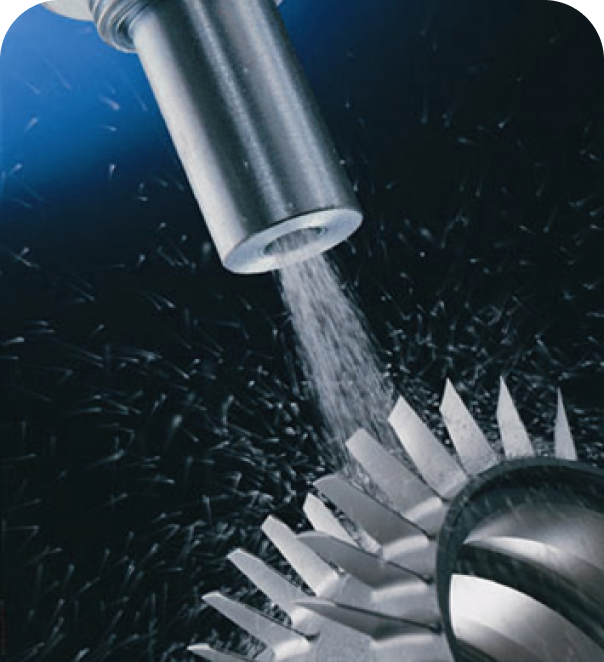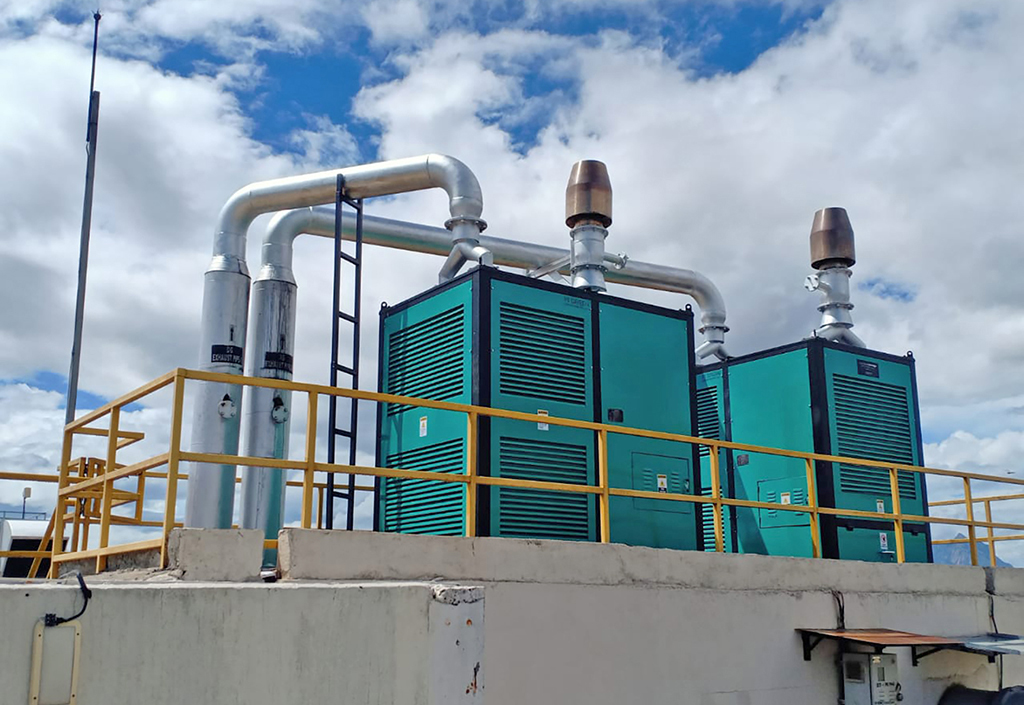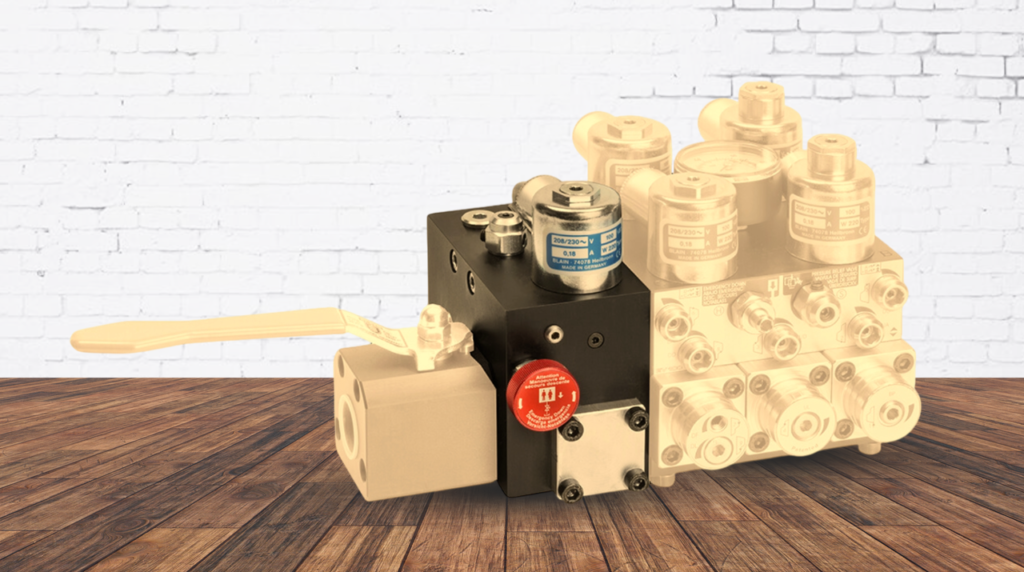Building Reliability for Healthcare Excellence







Product Categories
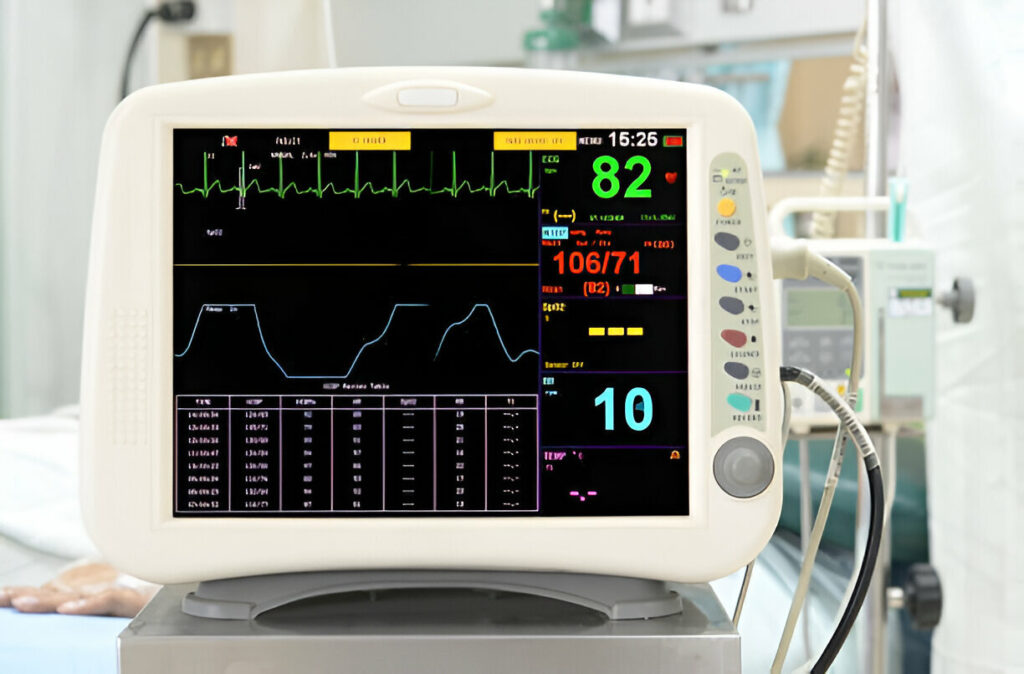
Housings
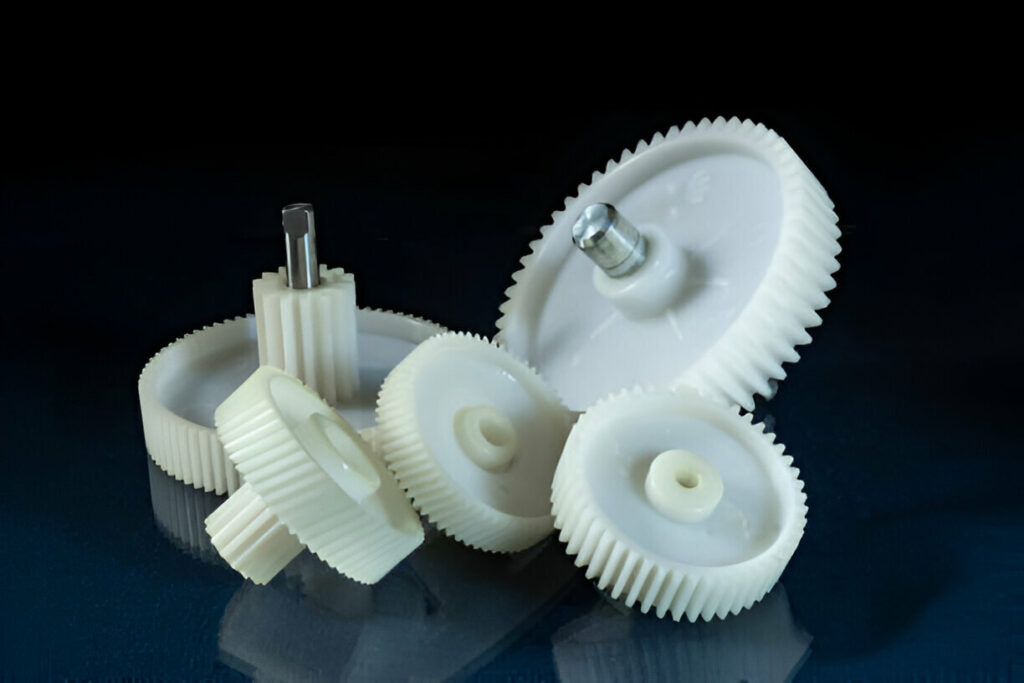
Rotating Parts

Enclosures
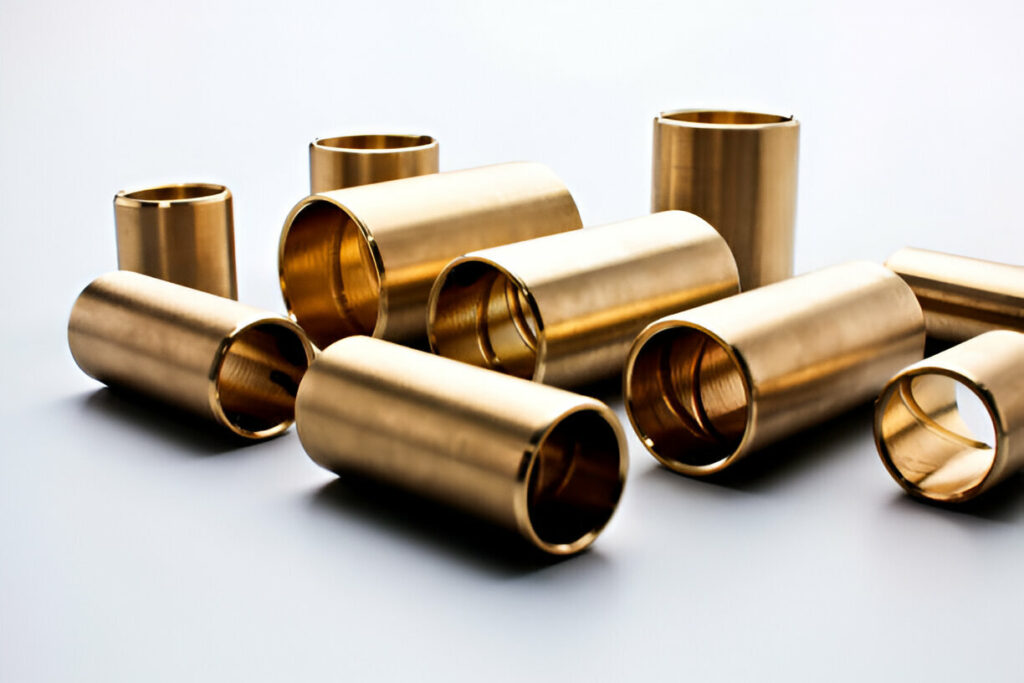
Bushings
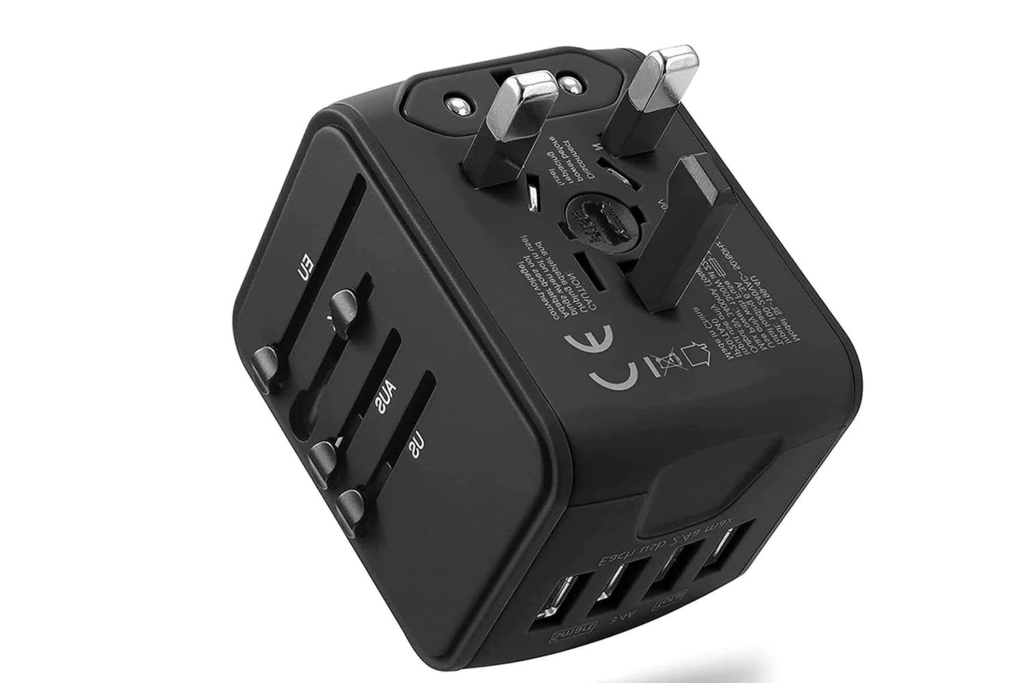
Adaptors
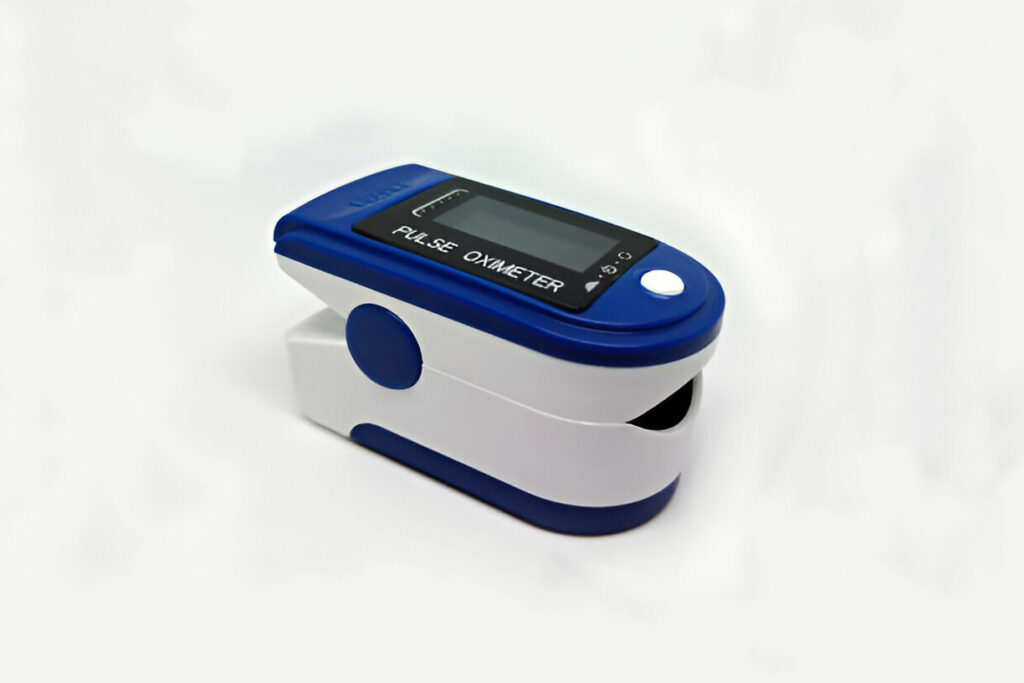
Class I & II Medical Devices
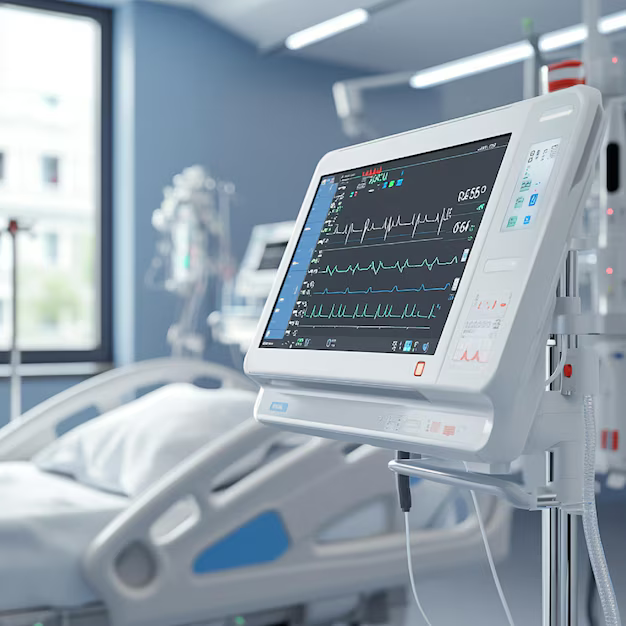
Patient Monitoring Systems
Why Choose Karkhana.io?
Extensive Supplier
Network
With a certified network of over 600+ vetted suppliers, we offer unmatched manufacturing flexibility, enabling rapid scaling and adaptable solutions to meet diverse needs.
Competitive
Quotes
Our efficient sourcing and streamlined processes help us provide cost-effective solutions while maintaining strict quality control, ensuring your projects stay on budget as per the standards.
High-Quality
Manufacturing
We establish a detailed process and quality plans to ensure every part is meticulously manufactured and inspected, meeting the strict standards required by OEMs for reliability and precision.
Hassle-Free Supply
Chain Management
We handle every step – from material sourcing to production, finishing, and delivery – ensuring smooth operations so you can focus on innovation and growth.
Capabilities We Offer
CNC Machining
High-precision components for critical medical systems
Casting
Durable, high-quality parts for demanding applications
Sheet Metal Fabrication
Customized enclosures and structural parts for medical devices
Forging
Precision-forged components designed for strength, durability, and demanding applications
Materials
Material Description
A lightweight, corrosion-resistant metal commonly used in medical equipment for its strength-to-weight ratio and versatility.
Grades
6061-T6, 7075-T6, 7050, 2024, 5052, 6063, MIC6
Finishing Options
Alodine, Anodizing (Types II, III, III + PTFE), ENP, Media Blasting, Nickel Plating, Powder Coating, Tumble Polishing.
Design Recommendations
Utilize its lightweight nature to create portable medical devices. Ensure proper alloy selection based on strength and corrosion resistance requirements. For high-heat applications, incorporate heat dissipation features.
Cost-Saving Tip
Fine-tune cutting parameters to minimize tool wear and reduce energy consumption during machining.
Material Description
A cost-effective and malleable material used for structural medical equipment like support frames and trolleys.
Grades
ASTM A36, ASTM A572, 1045
Finishing Options
Anodizing, Powder Coating, Painting, Polishing, Electropolishing, Bead Blasting, Shot Peening, Laser Marking.
Design Recommendations
Use rounded edges and proper thickness to improve structural integrity. Apply corrosion protection like galvanizing or painting for enhanced durability.
Cost-Saving Tip
Use high-speed steel (HSS) cutting tools and optimize machining parameters to reduce tool wear and operational costs.
Material Description
A durable, corrosion-resistant material perfect for surgical tools, implants, and medical device components.
Grades
304, 316, 430
Finishing Options
Passivation, Electropolishing, Bead Blasting, Grinding, Polishing, PVD Coating, Powder Coating, Painting.
Design Recommendations
Choose the appropriate grade for the intended environment, such as high-moisture or sterile conditions. Emphasize rounded edges for improved hygiene and ease of maintenance.
Cost-Saving Tip
Use carbide or ceramic tools for machining and ensure proper coolant flow to reduce tool wear.
Material Description
Valued for its antimicrobial properties, copper is often used in medical surfaces and devices to reduce infections.
Grades
C101, C110, C360
Finishing Options
Oxidation Finish, Electroplating, Polishing, Lacquering, Powder Coating, Painting.
Design Recommendations
Leverage its conductivity for components like electrical contacts in diagnostic devices. Use recycled copper to enhance sustainability.
Cost-Saving Tip
Employ carbide tools with polished edges to minimize tool wear and enhance machining efficiency.
Material Description
Known for its biocompatibility and strength, titanium is widely used in implants and surgical tools.
Grades
Grade 2, Grade 5 Titanium (Ti-6Al-4V)
Finishing Options
Anodizing, Polishing, PVD Coating, Painting.
Design Recommendations
Optimize designs for weight reduction and durability in structural medical applications. Use precise machining to maintain mechanical integrity.
Cost-Saving Tip
Use carbide or ceramic tools and optimize chip evacuation to minimize tool wear and machining costs.
Material Description
A lightweight and durable material, ideal for mobility aids and portable medical equipment.
Grades
AZ31, AZ91 Magnesium Alloy
Finishing Options
Anodizing, Painting, Powder Coating.
Design Recommendations
Protect against corrosion with appropriate coatings. Ensure safe handling due to its flammability.
Cost-Saving Tip
Use specialized carbide tools and effective chip evacuation systems to reduce machining downtime.
Material Description
A stable and biocompatible material, tantalum is used in medical implants and chemical-resistant devices.
Grades
Tantalum 2.5% Tungsten Alloy
Finishing Options
Polishing.
Design Recommendations
Focus on voltage and current management to ensure optimal performance in electronic medical components.
Cost-Saving Tip
Use carbide or ceramic tools and maintain precise machining conditions to minimize tool wear.
Material Description
Known for its high strength and durability, cobalt is commonly used in prosthetics and medical implan
Finishing Options
Electroplating.
Design Recommendations
Maintain uniform thickness and select appropriate post-casting heat treatments for enhanced performance.
Cost-Saving Tip
Optimize casting parameters and recycle sprues and gates to reduce material costs.
Material Description
A blend of iron and other elements, alloy steel is used in surgical instruments and structural medical equipment for its strength and durability.
Finishing Options
Painting, Powder Coating, Galvanizing, Heat Treatment.
Design Recommendations
Maintain uniform cross-sections and avoid excessive complexity to improve forging efficiency.
Cost-Saving Tip
Use efficient heat treatment processes and negotiate bulk purchases to reduce costs.
Post - Processing

Anodizing
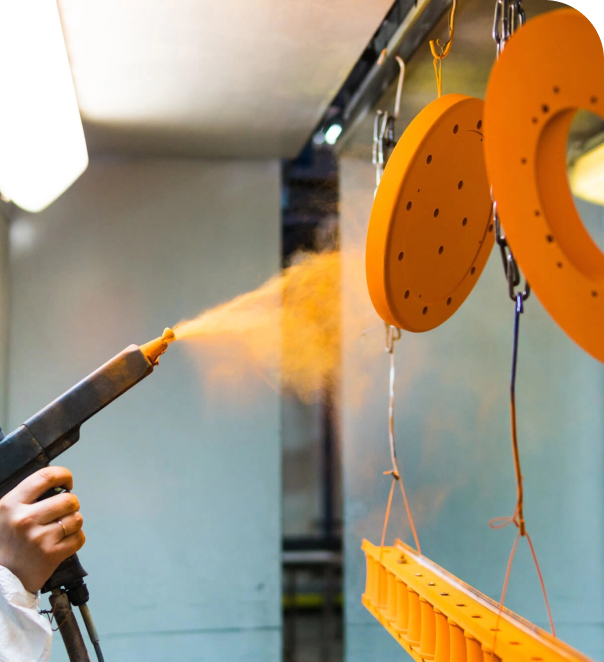
Powder Coating
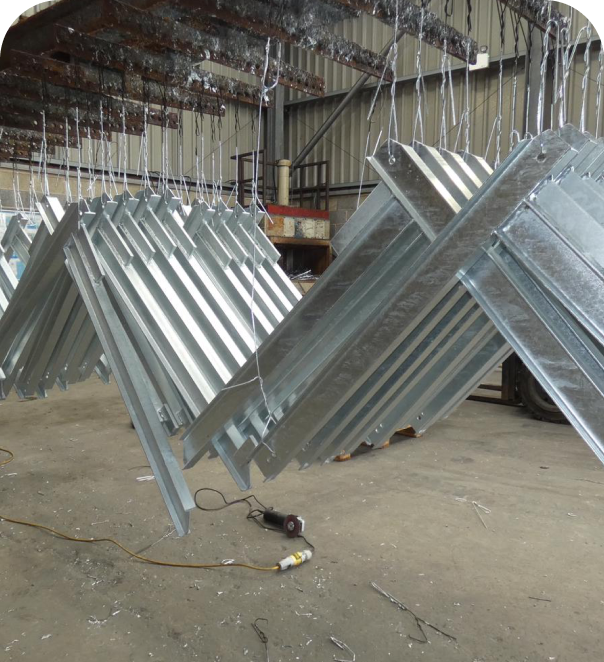
Galvanizing
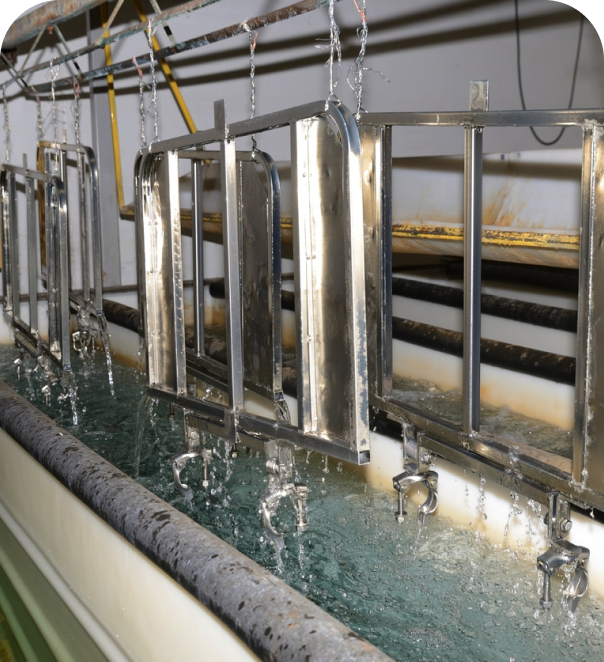
Electroplating
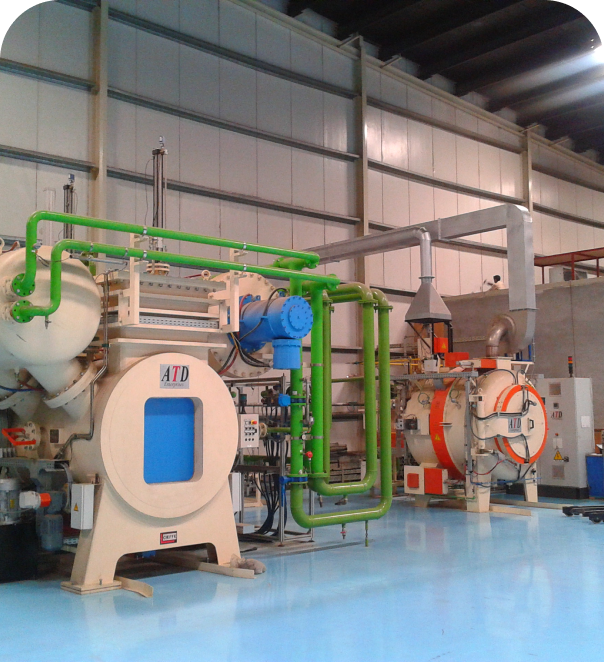
Nitriding
